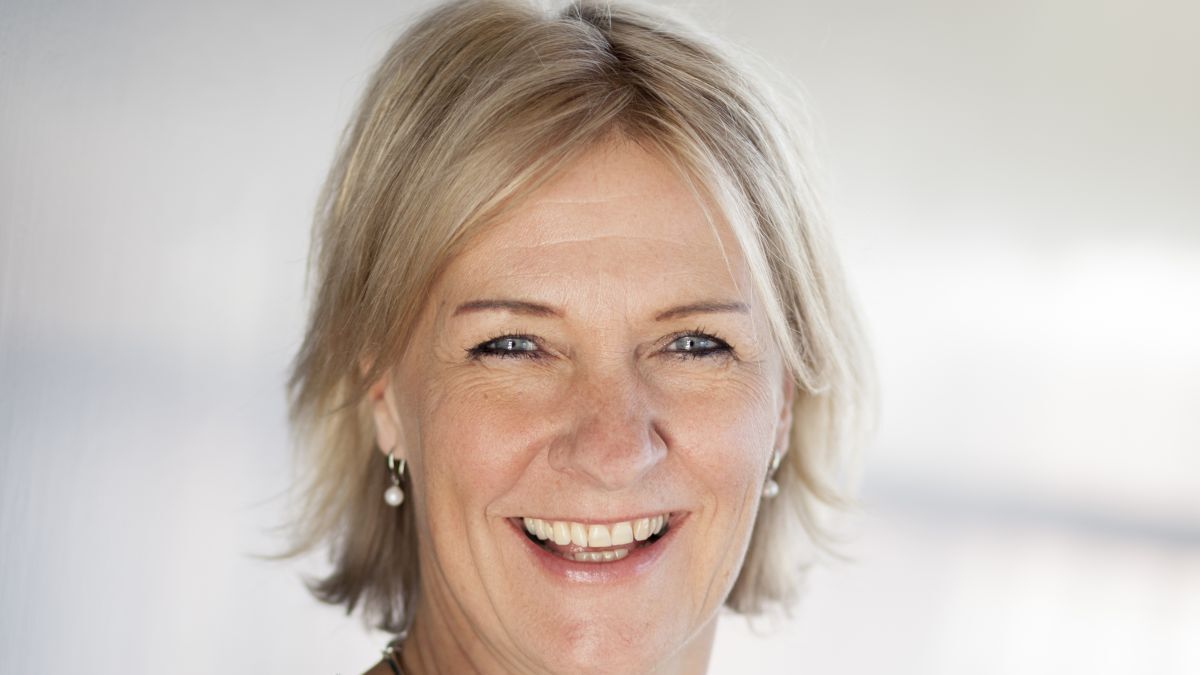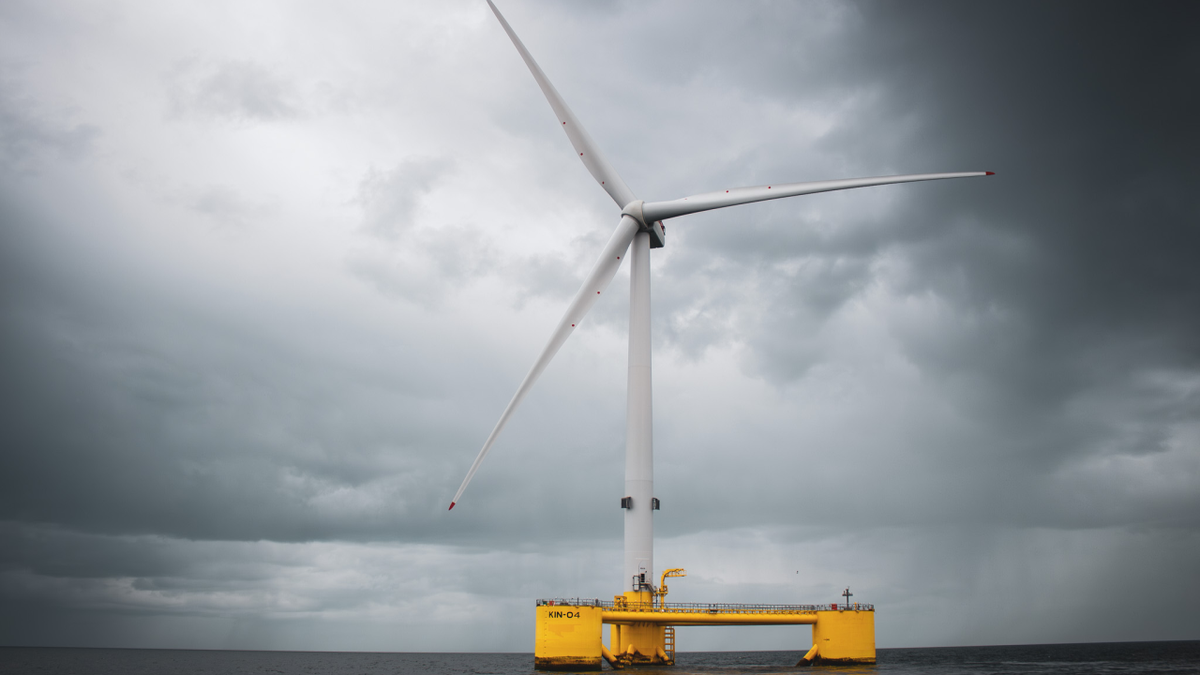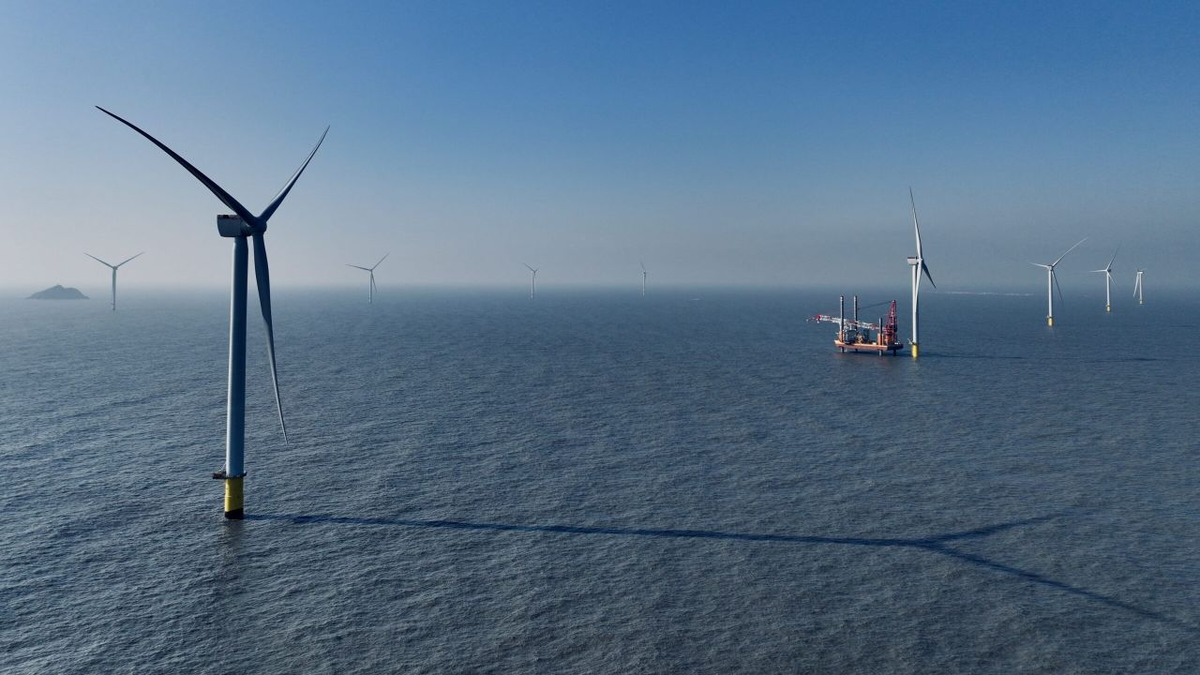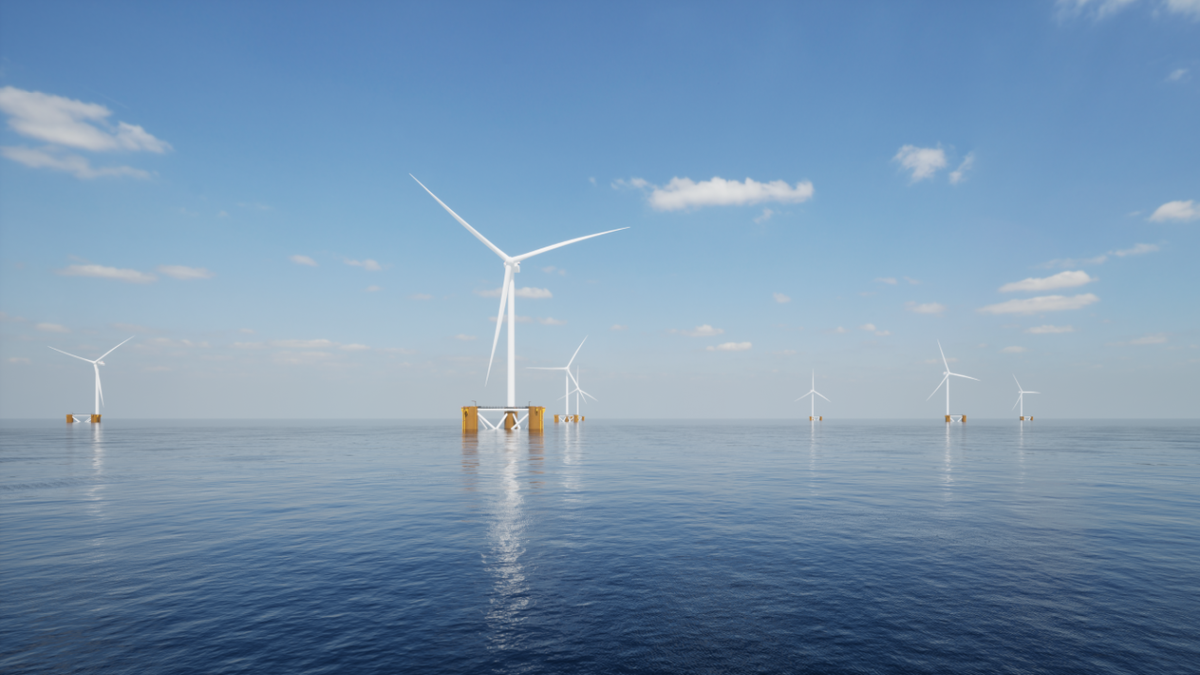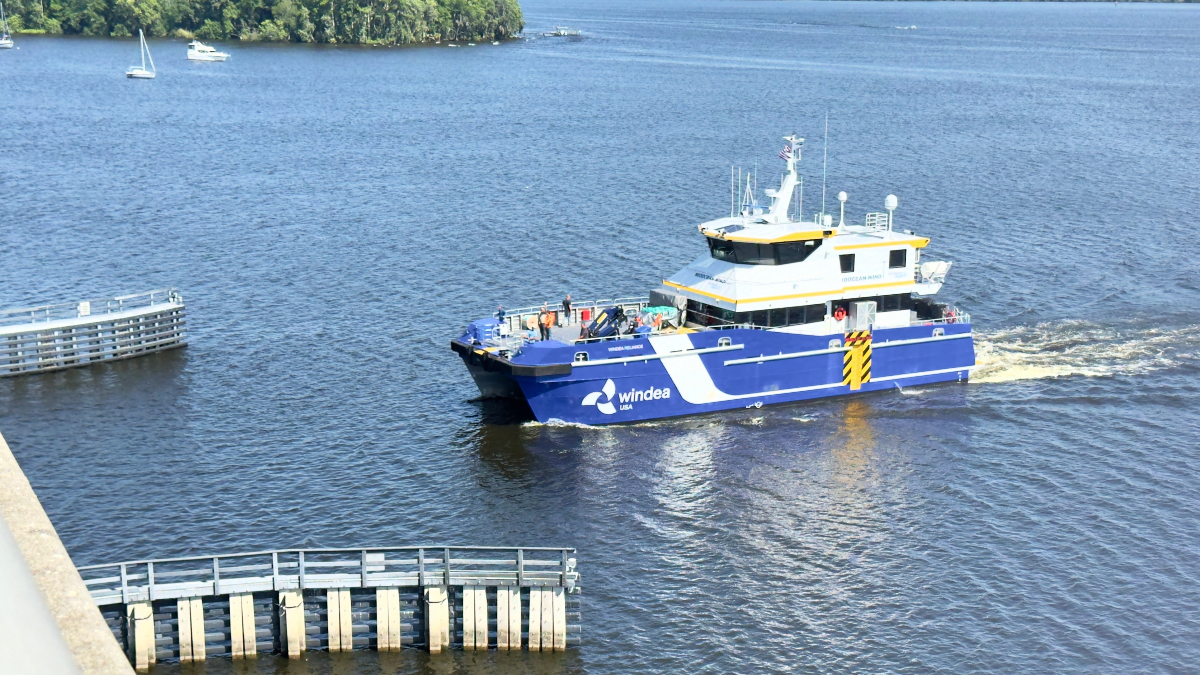Business Sectors
Contents
Register to read more articles.
Japan unveils winners of Round Two, kick-starts Round 3
Keen to meet renewable energy targets and build the domestic supply chain, the Japanese government is pressing ahead with another offshore wind solicitation
In December 2023, consortia consisting of RWE, Mitsui and Osaka Gas, Sumitomo and TEPCO Renewable Power, and JERA and partners secured agreements to build offshore windfarms in Japan’s second offshore wind solicitation. Shortly afterwards, the Ministry of Economy, Trade and Industry (METI) invited developers to bid on two more sites.
In the second-round offshore wind solicitation, RWE, Mitsui and Osaka Gas secured a deal to develop a bottom-fixed 684-MW project off the coast of the cities of Murakami and Tainai, Niigata Prefecture. Sumitomo Corp and TEPCO Renewable Power received notification from METI and Ministry of Land, Infrastructure, Transport and Tourism (MLIT) that their consortium has been appointed to design, build and operate a 420-MW offshore wind project in the sea area off the coast of Enoshima Island, Saikai City, Nagasaki Prefecture. The third consortia to secure an award for a site offshore Oga City, Katagami City and Offshore Akita City in Akita prefecture consists of JERA, J-Power, ITOCHU Corp and Tohoku Electric Power. This project is expected to be 315 MW and will use 21 15-MW Vestas turbines.
In a statement, RWE says full commissioning of its 684-MW windfarm is scheduled for June 2029. It will consist of 38 wind turbines. RWE chief executive Markus Krebber says, “Offshore wind is increasingly gaining momentum in Japan, and I am deeply honoured we have been selected to deliver this project. This is RWE’s first success in an offshore wind tender in Japan and the wider APAC region. It reflects the collective strength, expertise and commitment of RWE and our consortium partners. With Mitsui and Osaka Gas, we have partners whose local expertise perfectly complements our global experience and technical know-how.”
As a next step, the partners will co-ordinate with METI and MLIT for the approval of a public occupancy plan. In addition, the partners will continue to engage and work closely together with local partners, authorities, communities and fisheries to ensure realisation of the windfarm.
The Sumitomo/TEPCO consortium says it will engage with Sumitomo Metal Mining and SUMCO Corp as one of the offtakers for the electricity generated by the project. The project will use 28 15-MW wind turbines manufactured by Vestas and is due to enter operation in August 2029.
As Esgian Offshore Wind notes, the results were good news for turbine manufacturers Vestas and GE, both with turbines linked to winning consortia. Esgian also notes the second solicitation was the first time GE’s 18-MW turbines have been publicly confirmed as part of a winning bid. They will be used by the consortium consisting of RWE, Mitsui and Tokyo Gas.
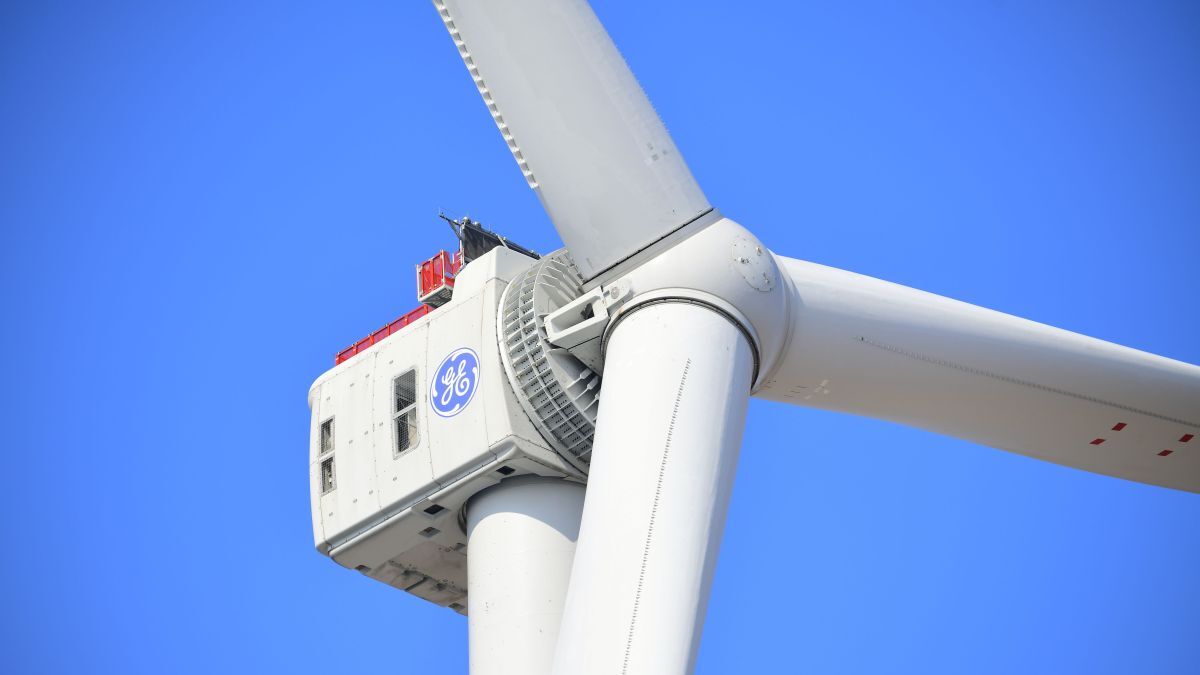
Clarksons head of renewables strategy David Matthews says completion of the second Japanese offshore wind solicitation was a “significant step” towards the country achieving its renewable energy goals. “Completion of Japan’s second offshore wind auction underscores its commitment to expanding its offshore wind sector,” he says. “All of the available capacity in the auction was awarded, reflecting strong interest and competition in the sector.”
As Mr Matthews also notes, although Japanese entities continue to dominate their home market, the participation of RWE introduces international collaboration and expertise into the Japanese offshore wind landscape. He says the pricing, albeit high, aligns with the Japanese government’s requirements for advancing its decarbonisation agenda. “Japan can also learn from Europe, by considering larger projects in future,” he says, “rather than multiple small to medium-sized ventures.”
“The second auction was significant milestone,” says Mr Matthews. “The key takeaways are the importance of collaboration, competitive pricing and efficient project timelines.”
Not long after the results of Round 2 were announced, the Japanese government opened the third round of project allocations. As analysts from Esgian Offshore Wind note, doing so is important if Japan is to meet its target of 10 GW of offshore wind by 2030.
The two sites identified for Round 3 are sufficient for 1,050 MW of new capacity. The areas in question are Aomori South (600 MW), with an expected commercial operations date (COD) between June 2030 and April 2031; and Yamagata Yuza Town (450 MW), with an expected COD between June 2030 and April 2031. The application window for round 3 will be open from 19 January until 19 July 2024. Amori and Sakata ports are expected to be utilised for the projects. The ceiling price for the projects is a little lower than Round 2, JPY18/MWh (US$0.12), compared with JPY 19/MWh. The assumed earliest COD is June 2030.
“The opening of a new round signals the authorities’ commitment to developing the offshore wind sector and creating a steady stream of opportunities for the supply chain,” says Esgian Offshore Wind. “Several developers have already expressed an interest in the sites identified for Round 3, including RWE and CIP, in addition to domestic companies such as JERA and TEPCO.”
As Esgian Offshore Wind also explains, the Japanese government is also expected to award the Happo, Akita Prefecture, Oki, Noshiro City site by March 2024, which is a ‘leftover’ from the second allocation round. In addition, sites for floating demonstration projects will be awarded later in 2024, to test conditions for commercial-scale floating turbines in Japan.
January 2024 saw another milestone in the development of the Japanese offshore wind sector when commercial operation of the Ishikari Bay New Port offshore windfarm was initiated. The offshore windfarm, developed by JERA and Green Power Investment (GPI), is Japan’s largest commercial-scale offshore windfarm and the first in the country to use 8-MW wind turbines.
Built at Hokkaido’s Ishikari Bay New Port, the windfarm has 14 Siemens Gamesa wind turbines and a capacity of 112 MW. Onshore construction was carried out by Kajima Corp and offshore construction by a joint venture between Shimizu Corp and Nippon Steel Engineering. All the electricity generated at the windfarm will be supplied to the Hokkaido Electric Power Network (HEPN) after being transmitted through a transformer substation with 180,000 kWh of battery storage capacity, and then through HEPN’s Nishi Sapporo substation.
JERA and GPI say they are committed to further renewable energy projects in the region, and are working with Ishikari City, Otaru City and the authorities in the region.
Make your plans now to attend Offshore Wind Journal Conference 2024 in London 6 February 2024, click here to purchase tickets and attend this industry-leading event
Related to this Story
Events
TUGTECHNOLOGY '25
Reefer container market outlook: Trade disruption, demand shifts & the role of technology
Asia Maritime & Offshore Webinar Week 2025
Marine Lubricants Webinar Week 2025
© 2024 Riviera Maritime Media Ltd.







